Logitech G502 Lightspeed review The iconic mouse meets Logitechs wireless Powerplay tech PCWorld
For almost two years, each meeting I had with Logitech ended the identical way: “So uh, any information on a wi-fi G502?” and for nearly two years the answer to my query changed into no. It turned into simplest a matter of time though. After all, you don’t pivot your consciousness to wireless mice and leave your satisfactory-selling stressed out version at the back of.
Well, the day’s finally right here and the answer was eventually “Yes, we do have some thing to proportion.” Today, Logitech officially unveils the G502 Lightspeed. I’ve had one sitting on my table for approximately a week now, and I’ll tell you this: It’s going to stay for a while.
Cutting the cord
The Logitech G502 Lightspeed seems exactly like its predecessors except, you realize, it doesn’t have a cable. And that’s exactly how it ought to be, yeah? Never mind the fact that, as Logitech instructed me final week, nearly every single element’s needed to be redesigned to make the transition from stressed out to wi-fi. The stop person doesn’t care approximately that. Pay no interest to the group of engineers behind the scenes. To you at domestic, it ought to appear like Logitech surely picked up an older G502 and snipped off the cable.
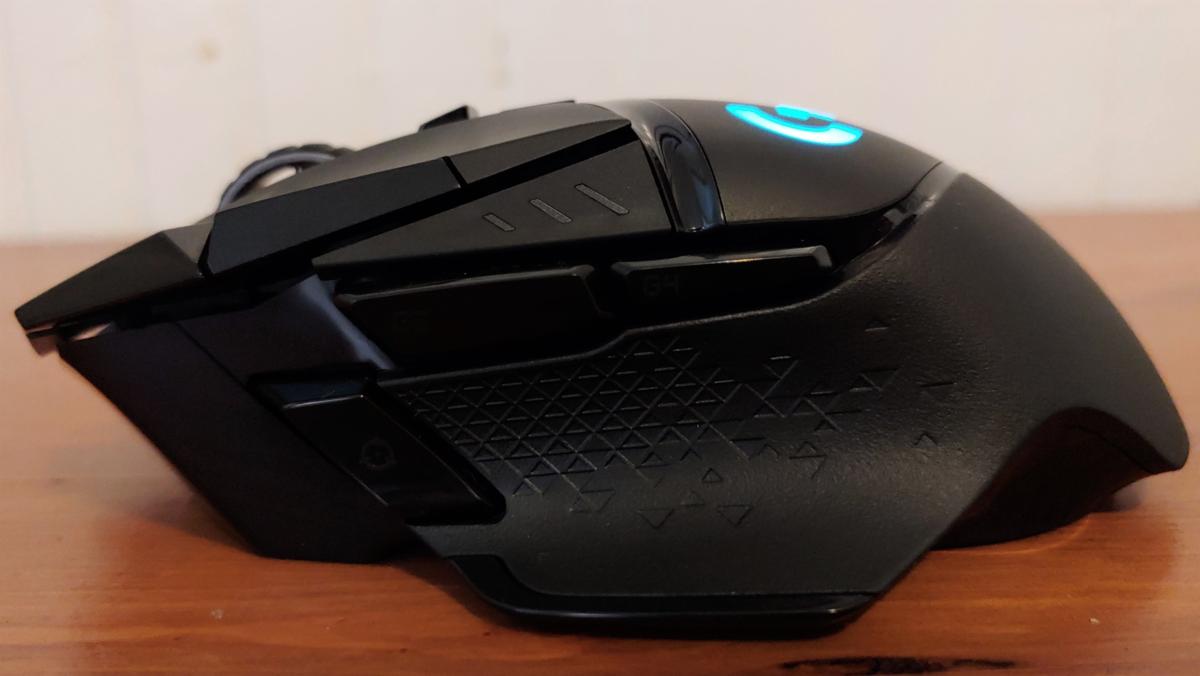 IDG / Hayden Dingman
IDG / Hayden DingmanAnd in that regard the Logitech G502 Lightspeed is an unmitigated success. This is the G502, the identical one I used daily for three years straight between2019 and2019, and off-and-on after as properly. It has the identical gentle curve, the same elongated oval footprint, the equal compact thumb rest off the left facet. It’s still one of the most cozy mice I’ve ever used—especially subjective, sure, however I’m a ways from by myself in that assessment.
As for functionality, the eleven-button layout remains intact, which include the lean wheel and the pair along the facet of the left mouse button. Even the twin-mode scroll returns, allowing you to switch among easy and notched scroll modes at the click of a button. All the details of the G502 were recreated, the functions which have saved it on our list of the best gaming mice when you consider that its inception.
All of them besides the cable, this is.
It’s an splendid layout feat, one so clever the average consumer won’t even be aware. The wired and wireless Logitech G502 would possibly as properly be twins. Here, take a look at2019’s G502 Hero and the G502 Lightspeed aspect-through-facet:
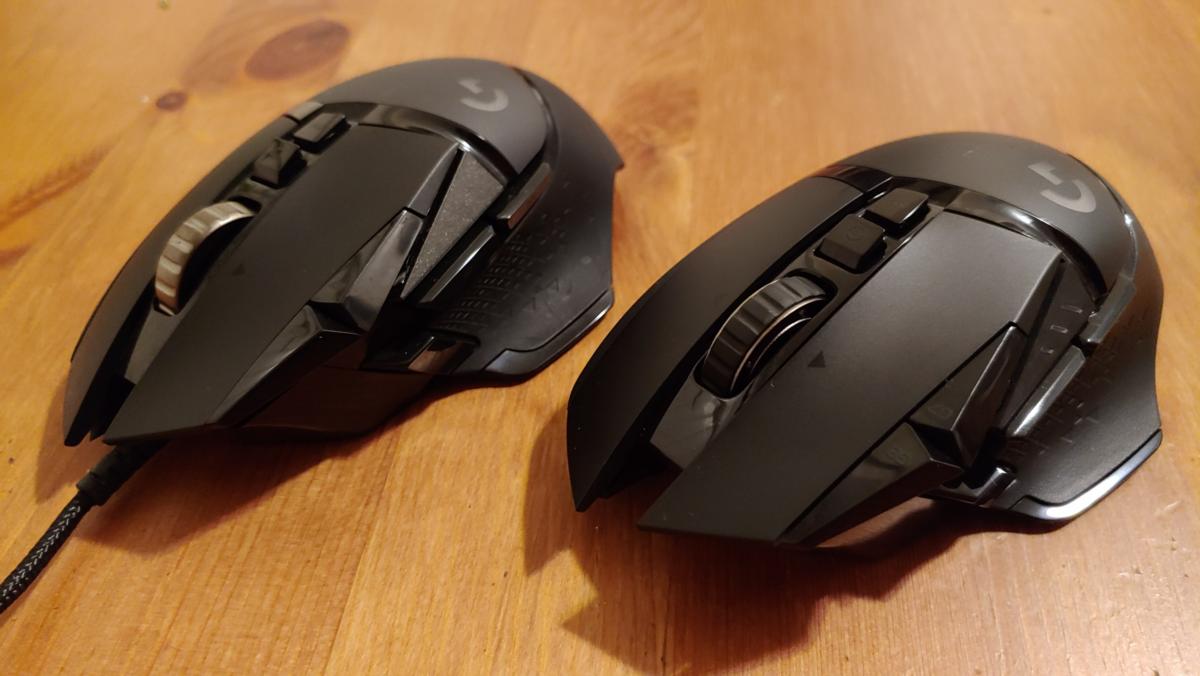 IDG / Hayden Dingman
IDG / Hayden DingmanThere had been slight changes, of route. The G502’s historically used a stable metal scroll wheel, a fairly heavy piece of hardware. The greater fastidious amongst you might word the G502 Lightspeed trades out strong steel for the spoked wheel already in use on the Logitech G903, cutting down on weight without decreasing real overall performance—though I admittedly locate the gentle-touch rubber coating much less distinctive than the raw metallic of the G502 Hero.
Most of the noteworthy adjustments had been made to the lowest of the Logitech G502 Lightspeed although. Since its initial launch, the G502’s underside has featured a massive detachable panel that allowed the person to insert up to five 3.6 gram weights, either to make the mouse heavier normal or to skew the load distribution to at least one aspect.
The Logitech G502 Lightspeed is Powerplay compatible although (more on that later), that means the underside had to be redesigned across the circular Powercore charging module. Like the G703 and G903, this means each G502 Lightspeed ships with a placeholder, a round plastic disc that slots into the lowest and is held magnetically.
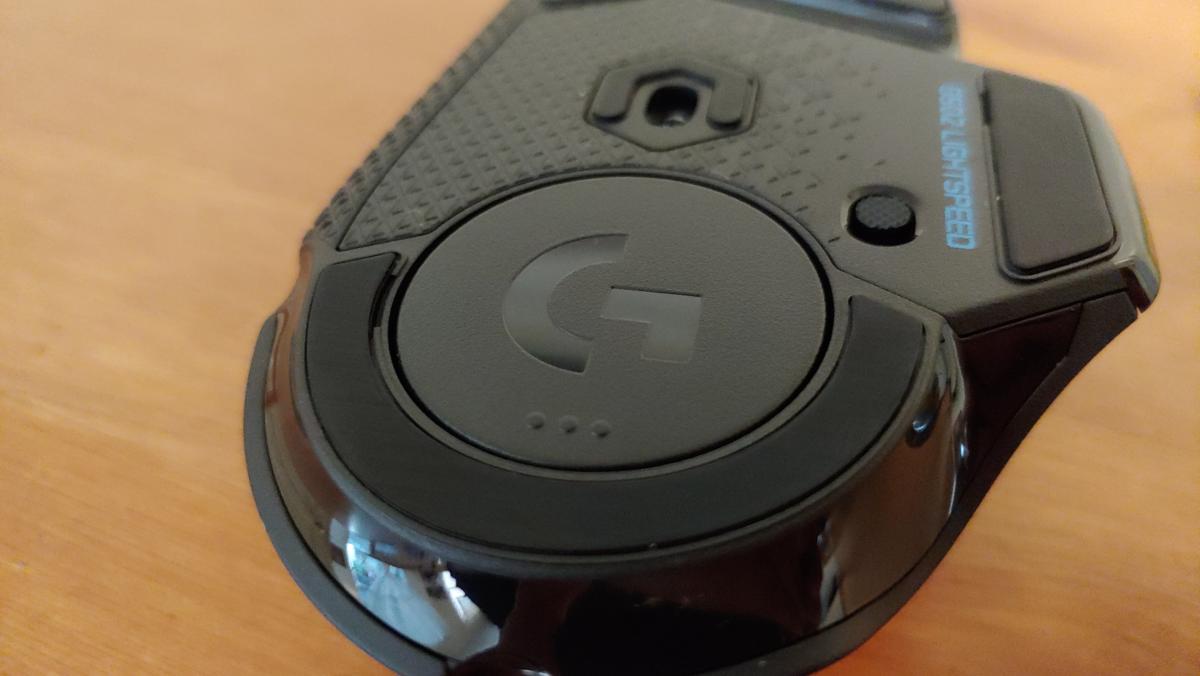 IDG / Hayden Dingman
IDG / Hayden DingmanAnd just like the G703/G903, this circular disc lets in for some weight customization. The design’s been barely subtle this time although. Where the G703 and G903 shipped with two discs, one empty and one filled with a single 10 gram weight, the G502 Lightspeed allows you to dispose of the blanketed circle of plastic and insert up to 2 4.0 gram weights instantly into it, including up to eight.0 grams of weight to the rear of the mouse. There’s no without difficulty-misplaced 2nd disc, and it’s a extra granular gadget.
There’s an obvious caveat though: Powerplay customers can’t take advantage, due to the fact these weights fill the identical area because the Powercore module.
Thus the Logitech G502 Lightspeed functions a second gadget for weight customization. Like the older G502s, there’s a removable plastic panel you could peel off—though the one on the G502 Lightspeed is smaller and arrayed greater toward the the front of the mouse. You can slot in up to four 2.0 gram weights although—they all, or two balanced out, or arrayed so the load distributions thrown to 1 aspect or the alternative like the preceding fashions.
Suffice it to mention, if you’re decided to weigh down the G502 Lightspeed, you may.
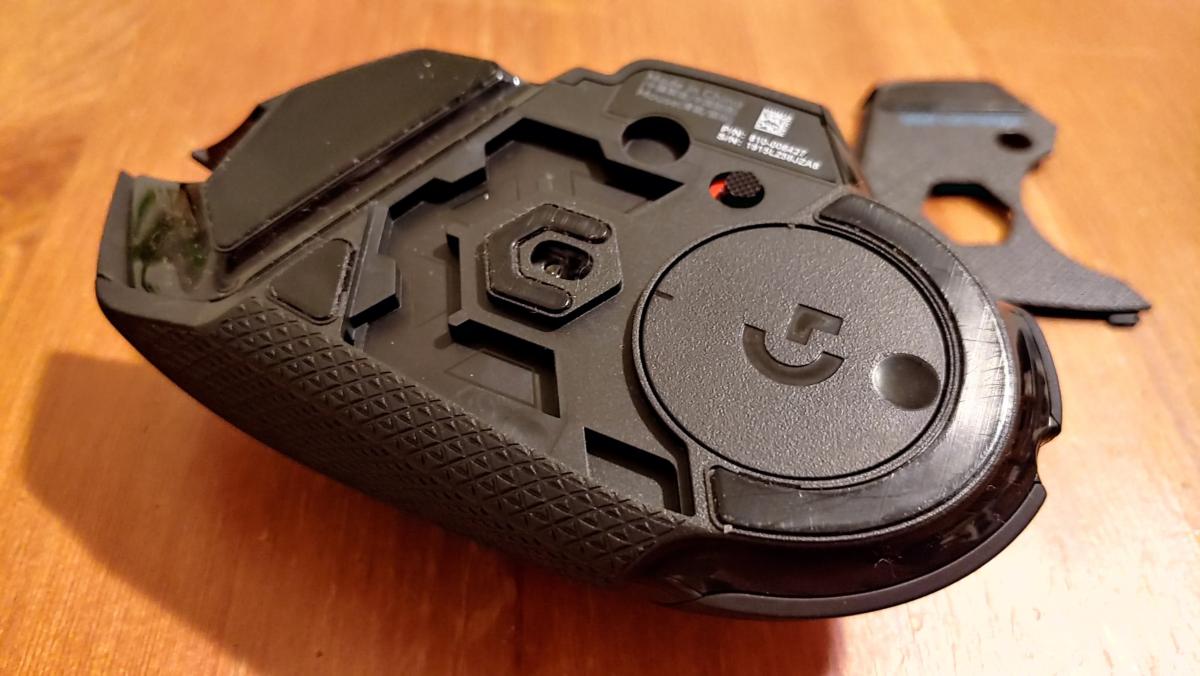 IDG / Hayden Dingman
IDG / Hayden DingmanThat stated, the Logitech G502 Lightspeed is without a doubt the lightest G502 to-date, addressing a common complaint kicked around because the mouse’s first new release. The G502 Hero weighed in at a whopping 121 grams, and topped out at 139 grams—nicely above the 100 gram benchmark held as the enterprise ideal. But the G502 Lightspeed someway cuts the load to 114 grams.
Seven grams may not seem like plenty, however it’s a minor miracle. Think about it: The G502 Lightspeed seems and feels like its predecessor, however consists of each a battery and the necessary wireless hardware—and yet it weighs much less than the G502s of antique.
It’s still at the heavier cease, for sure, weighing extra than each the G703 (106 grams) and the G903 (108 grams) as well as Razer’s recent Mamba Wireless redesign (106 grams). The massive fear although became that a wi-fi G502 would add to the stressed version’s already prodigious weight. If you had no trouble with the G502 earlier than (and I didn’t), then the Logitech G502 Lightspeed need to be no problem. If some thing, you might be tempted to load it up a piece to suit the vintage version.
I’ve additionally discovered the G502 Lightspeed glides higher, in all likelihood because of the manner the feet have been redesigned around the Powercore module. There’s now a massive U-formed pad following the rear contour, which makes a diffused but significant distinction.
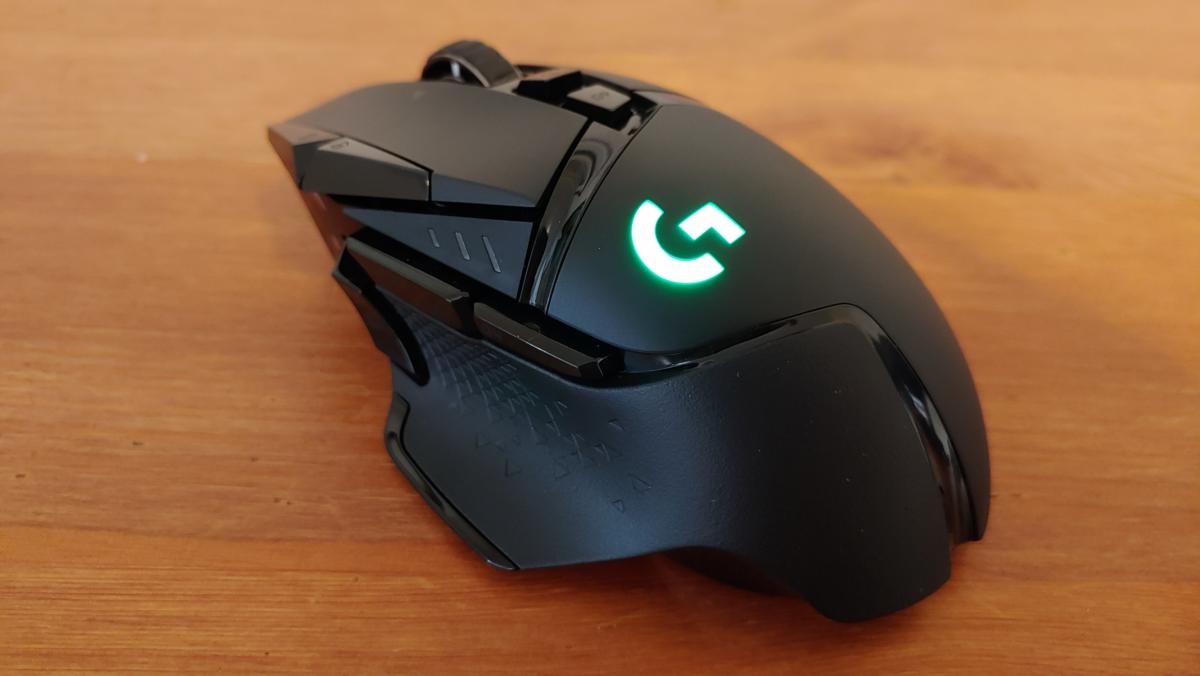 IDG / Hayden Dingman
IDG / Hayden DingmanThat about covers the modifications. The center of the G502 Lightspeed is the equal flagship Hero sensor used on all Logitech’s mice nowadays, consisting of final yr’s G502 Hero version. The Hero sensor is largely a electricity-green version of the PMW3366 that first catapulted the Logitech G502 to fame, slightly upgraded to attain 16,000 DPI instead of 12,000. Those numbers are largely meaningless though, with maximum gamers staying inside the 400 to a few,500 DPI range, and Hero’s primarily noteworthy for being a high-overall performance sensor that’s much less a burden on battery. To whit, the G502 Lightspeed will reputedly last up to 48 hours with the RGB lights zones on, or as much as 60 hours with them disabled.
Those are massive numbers. And certain, Hero’s partly to thank, however I can’t stress enough how a ways both batteries and electricity management have come inside the previous few years. The G703 and G903 both use Hero sensors, and yet they’re rated for a relatively dismal 24 hours of battery, or 32 with the lights disabled. The aforementioned Razer Mamba Wireless upgraded to 50 hours in2019. Now we've got a wi-fi mouse that can hit 60 hours on a unmarried rate. Amazing.
Fire-and-forget
I wouldn’t understand even though, due to the fact I haven’t run the G502 Lightspeed down from a full charge. As I said, the Logitech G502 Lightspeed is Powerplay well matched, and that’s the purpose I’ve waited two years for a wi-fi G502.
Prior to2019 I wasn’t an awful lot of a wireless mouse fan. Even as soon as manufacturers eliminated the performance hole among stressed out and wireless, I discovered it irksome having to recall to plug in a wireless mouse each night time when I may want to just depart one plugged in all the time and keep away from thinking about it.
And then Powerplay came alongside, a mouse pad that would wirelessly trickle-price a like minded device whilst it turned into in use. As I wrote lower back then:
“What Powerplay gives is actual fireplace-and-forget wireless. Seriously: You simply forget it’s wireless. I’ve been the use of the G903 for around a month now. It’s by no means died on me mid-healthy. It’s never died on me length. I’ve never gone to sleep at night time and notion, ‘Oh crap, I want to stroll again to my laptop and plug in my mouse.’
Nope. As marketed, the G903 has cycled between 80 and 95 percentage battery, discharging and recharging to preserve the battery healthful but in any other case staying ‘absolutely charged.’ After approximately a week you stop thinking about it.”
Others (Razer, Corsair) quick mimicked Logitech however none measured up, and for this reason Powerplay’s been a near-regular fixture on my table for the last two years now. The G502 Lightspeed is the primary addition to that environment since the initial product launch.
It’s smooth as ever to switch to a brand new mouse, in case you’re an existing owner. I used Logitech’s G-Hub software program to desync the G903 from my existing Powerplay mouse pad, paired the G502 Lightspeed with the aid of clearly turning it on, transferred the equal Powercore module I’ve used the ultimate two years, and I’ve been the usage of the G502 uninterrupted ever when you consider that—without even as soon as plugging it into my PC at once.
 IDG / Hayden Dingman
IDG / Hayden DingmanIt nonetheless feels like magic to me, even two years later. Or instead, it looks like magic once I’m compelled to consider it, as when reviewing the now-wi-fi model of a mouse I used stressed out for years. As my past self stated, the full-size majority of the time I never should consider Powerplay in any respect, and that’s exactly what makes it cool.
Of course, it’s also high priced as hell. The G502 Lightspeed will already run you $150, and Powerplay is an extra (and technically needless) $100 purchase on pinnacle. $250 is an exorbitant amount of money to spend on a mouse, I gained’t argue the truth—specially whilst the comparable wired variation is $60 on Amazon as I write this. Nearly $200 just to ditch the wires? Ridiculous!
And yet I can’t reward Powerplay enough. I’m absolutely a convert, and feature determined it tough to go again to wired mice at the rare activities we’ve reviewed them. Sure, the issues Powerplay solves are noticeably minor, however the convenience of in no way having to reflect onconsideration on the ones problems at all? Hard to overstate, specifically over the span of a few years.
Bottom line
The G502 Lightspeed was worth the wait. Logitech’s controlled to breed the mouse human beings know and love, but ditch the twine and bring it in at a extra appealing weight—and improve the battery existence over the G703 and G903 to boot.
It’s one hell of a coup. As I said, I used the stressed G502 day by day for 3 years, simplest trading it out for a G903 while Logitech’s Powerplay tech enticed me to head wireless. Now there’s a Powerplay-well matched G502, and I don’t expect it to go away my desk for a completely long time. It’s tough to imagine what may want to replace it, truly.
I’m certain some thing will. Time keeps moving and technology keeps enhancing, and once upon a time we all used trackball mice. But for now as a minimum, the Logitech G502 Lightspeed is the one to overcome.
//www.pcworld.com/article/3393273/logitech-g502-lightspeed-evaluate.html
2019-05-08 15:00:00Z
52780289503141
0 Response to "Logitech G502 Lightspeed review The iconic mouse meets Logitechs wireless Powerplay tech PCWorld"
Post a Comment